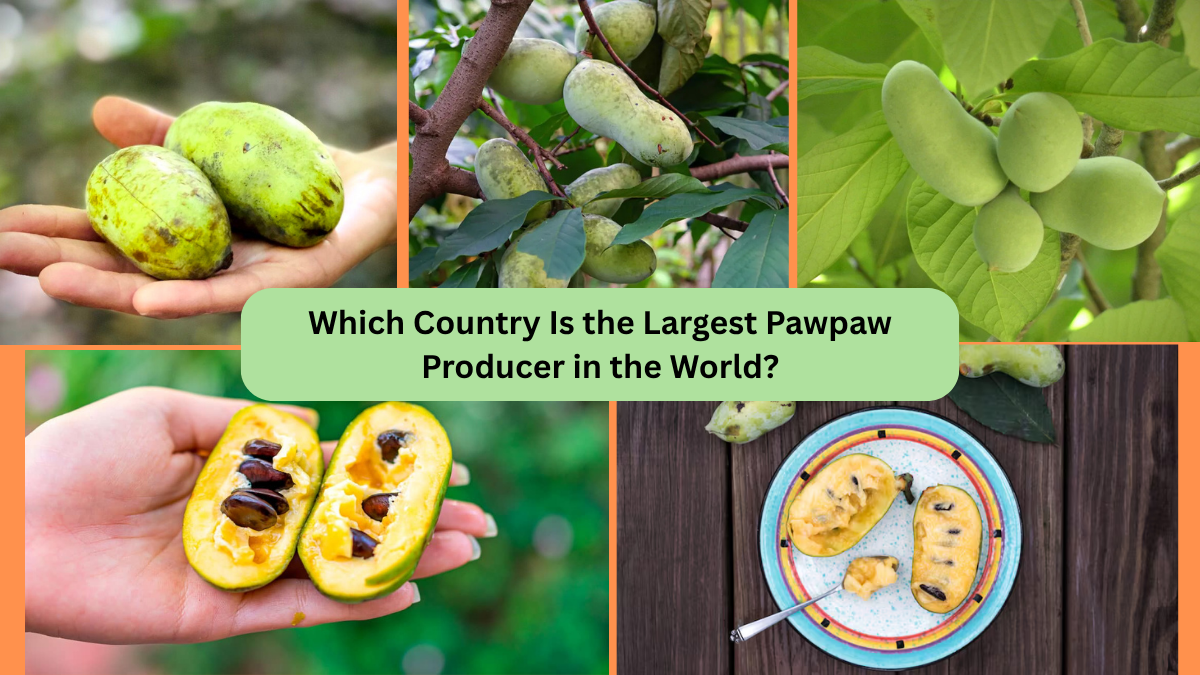When people hear the word “Pawpaw,” they may think of different fruits depending on where they’re from. In much of the world, pawpaw is another name for papaya (Carica papaya), a tropical fruit popular in Asia, Africa, and Latin America. However, in parts of North America, particularly in the United States, Pawpaw refers to a native fruit (Asimina triloba) with custard-like flesh and a tropical flavor, often called America’s forgotten fruit.
For clarity in this article, we’ll focus on papaya, as it’s internationally known as Pawpaw in countries like India, Australia, Nigeria, and Kenya. We’ll examine the global production of this tropical fruit and reveal which country is the largest pawpaw producer in the world, along with the reasons behind its dominance, nutritional benefits, cultural importance, and global market trends.
What is Pawpaw (Papaya)?
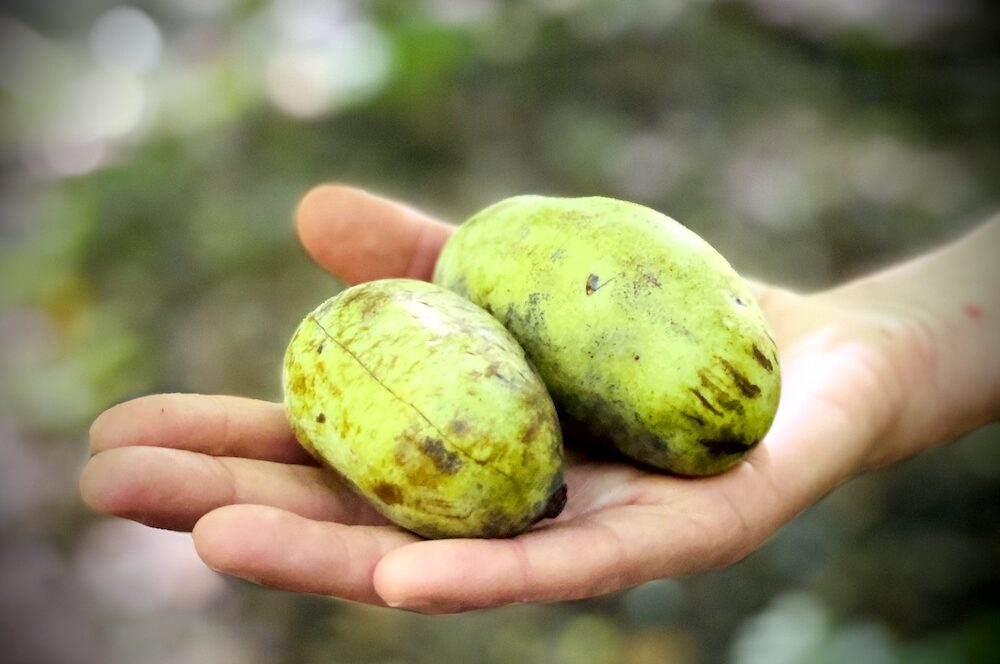
Pawpaw (Carica papaya) is a tropical fruit tree known for its fast growth, impressive fruit yield, and exceptional nutritional profile. The tree produces large, oval-shaped fruits with smooth, thin skin that ranges from green to yellow-orange when ripe. Inside, the fruit contains soft, sweet, orange or pinkish flesh filled with small, round black seeds.
- Scientific Name: Carica papaya
- Common Names: Papaya (global), Pawpaw (Africa, Australia, India)
- Native Region: Southern Mexico and Central America
- Uses: Eaten fresh, in salads, smoothies, juices, jams, and savory dishes
Its sweet flavor and health benefits have made it a staple in diets across tropical and subtropical regions worldwide.
Which Country Is the Largest Pawpaw Producer in the World?
India is the largest pawpaw (papaya) producer in the world. The country has consistently held this title for decades, thanks to its expansive tropical farmlands, favorable climate, and immense domestic demand for the fruit.
Why India Leads in Pawpaw Production

Several factors contribute to India’s dominance in pawpaw cultivation:
1. Ideal Climate
India’s tropical and subtropical regions provide the warm temperatures, ample sunshine, and moderate rainfall that pawpaw trees require for optimal growth. The plant thrives at temperatures between 22°C and 35°C, conditions commonly found in many parts of India.
2. Large Agricultural Land Area
India’s vast arable land allows for widespread cultivation of pawpaw, both on commercial farms and in smallholder gardens.
3. Year-Round Harvesting
In India’s climate, pawpaw trees can bear fruit multiple times a year, providing farmers with a continuous source of income.
4. High Domestic Demand
Pawpaw is widely consumed across India for its health benefits and culinary versatility, making it a staple fruit in homes, restaurants, and street markets.
5. Export Market Growth
India exports significant quantities of pawpaw to neighboring countries, the Middle East, and Europe, further incentivizing large-scale cultivation.
Major Pawpaw Producing States in India
India’s pawpaw cultivation is concentrated in several key states:
- Andhra Pradesh
- Karnataka
- Maharashtra
- Gujarat
- Tamil Nadu
- West Bengal
These states possess the optimal tropical and subtropical conditions necessary for successful year-round fruiting.
Pawpaw Production Figures in India
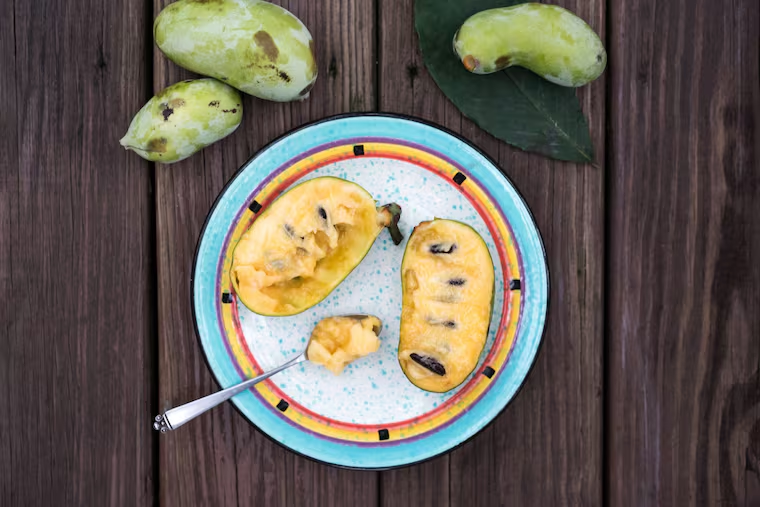
According to the Food and Agriculture Organization (FAO) and India’s Ministry of Agriculture:
- India produces over 5.7 million metric tons of pawpaw annually.
- This accounts for nearly 45% of the world’s total papaya production.
- The average productivity in India is around 40-50 tons per hectare, higher than many other tropical countries.
Other Major Pawpaw Producers Worldwide
While India tops the list, several other countries are notable pawpaw producers:
- Indonesia
- Nigeria
- Brazil
- Philippines
- Thailand
- Mexico
- Ethiopia
Among these, Brazil and Indonesia are particularly significant, with extensive commercial plantations and strong export markets.
Nutritional and Health Benefits of Pawpaw
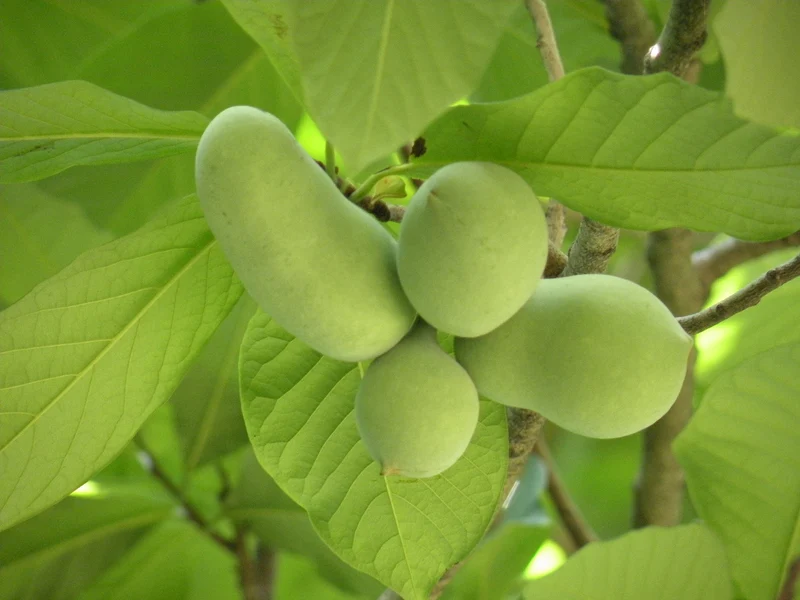
Pawpaw is not just delicious — it’s also incredibly nutritious and loaded with health benefits.
Key nutrients in pawpaw include:
- Vitamin C: Boosts immune health
- Vitamin A (Beta-Carotene): Promotes healthy vision and skin
- Folate: Supports cell growth and metabolism
- Dietary Fiber: Aids digestion and prevents constipation
- Potassium: Helps regulate blood pressure
- Antioxidants: Combat free radicals and inflammation
Health Benefits:
- Aids digestion and promotes gut health
- Strengthens the immune system
- Supports heart health
- Promotes glowing skin
- Helps regulate blood sugar levels
- Possesses anti-inflammatory properties
Additionally, pawpaw seeds are often used in traditional medicine for their antiparasitic, antimicrobial, and digestive benefits.
Cultural Importance of Pawpaw in India
Pawpaw holds a special place in Indian households and traditional practices:
- Ayurvedic Medicine: Used as a digestive aid, anti-inflammatory, and remedy for various skin disorders.
- Culinary Use: Consumed fresh, in fruit salads, juices, and smoothies. Raw pawpaw is often cooked in savory dishes and pickles.
- Festivals and Rituals: Pawpaw leaves and unripe fruit are occasionally used in traditional religious ceremonies.
Challenges in Pawpaw Production
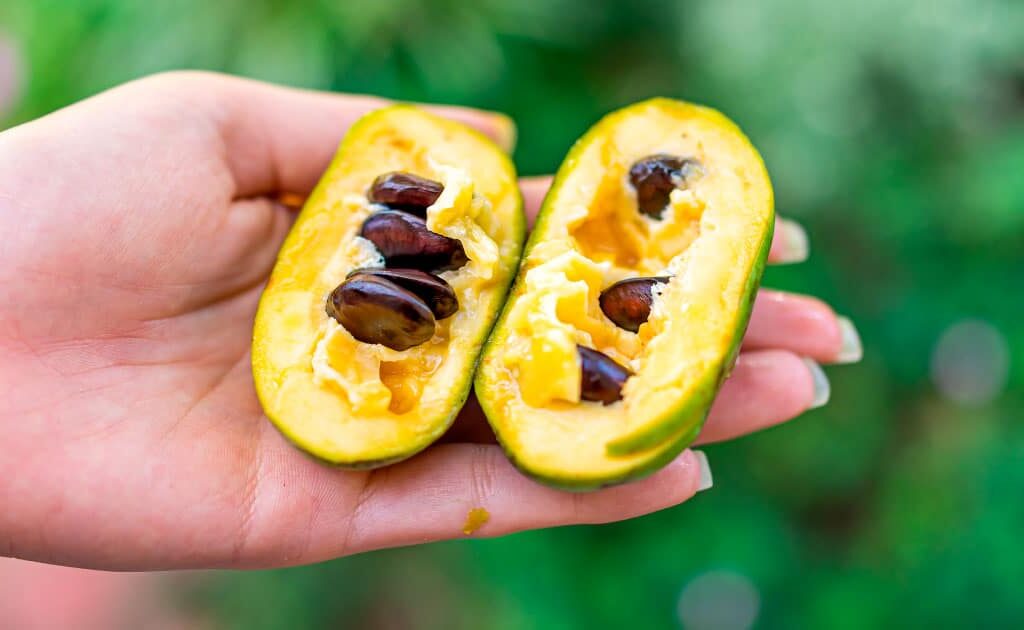
Despite its high productivity, pawpaw cultivation faces several challenges:
1. Pest and Disease Issues
Pawpaw plants are vulnerable to pests like fruit flies, aphids, and whiteflies, as well as viral diseases like papaya ringspot virus (PRSV).
2. Perishability
The fruit has a short shelf life, requiring efficient post-harvest handling and cold storage for export.
3. Climate Sensitivity
Though hardy, pawpaw trees are sensitive to frost, prolonged droughts, and high winds, affecting fruit quality and yield.
Government Initiatives in India
To address these challenges and boost pawpaw cultivation, the Indian government has introduced several agricultural schemes:
- Horticulture Mission for North East & Himalayan States (HMNEH)
- National Horticulture Board (NHB) subsidies for establishing papaya plantations
- Research and development initiatives through the Indian Council of Agricultural Research (ICAR)
These programs aim to support farmers with improved seed varieties, training, and financial assistance for infrastructure like cold storage and drip irrigation.
Global Market for Pawpaw
As health-conscious consumers seek natural, nutrient-rich foods, demand for pawpaw is rising globally.
Key import markets include:
- United Arab Emirates
- Saudi Arabia
- Qatar
- Oman
- United Kingdom
- Germany
- Singapore
India’s proximity to the Middle East and established trade routes make it a primary supplier of fresh pawpaw to these countries.
Processed products like pawpaw puree, dried papaya, jams, and health supplements are also gaining popularity internationally.
Future Prospects for Pawpaw
With increased global awareness about its health benefits and culinary versatility, pawpaw’s future looks promising:
- Value-added products like juices, dried slices, and skincare formulations are gaining popularity.
- Organic pawpaw farming is expanding in response to growing health food markets.
- Improved post-harvest technology and cold chain logistics are helping farmers access international markets.
If these trends continue, India’s leadership in global pawpaw production is likely to remain unchallenged for years to come.
Final Thoughts
To sum up, India is the largest pawpaw producer in the world, commanding nearly half of the global production. Its tropical climate, vast agricultural lands, strong domestic demand, and growing export market cement its position as the world leader. As consumers around the globe discover the nutritional power and culinary versatility of pawpaw, India is poised to continue dominating this flourishing sector.
With supportive government policies, innovative farming techniques, and rising health consciousness, the humble pawpaw is steadily securing its place on the international stage as one of the most valuable tropical fruits available.
